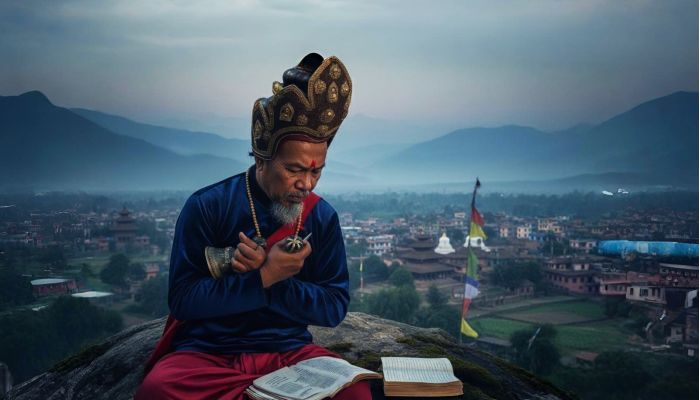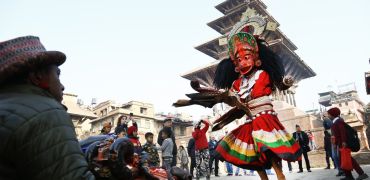Newar Culture
The Newars are the indigenous people of the Kathmandu Valley and are known for their rich cultural, artistic, and architectural heritage. As one of Nepal’s oldest and most refined communities, they have long been at the heart of the country’s urban life. They speak Nepal Bhasa, also called Newari, and follow a unique tradition that blends Hindu and Buddhist beliefs in daily practice. Newar culture is full of color, music, and devotion, seen in their festivals, processions, and sacred dances that bring people together in shared celebration. Festivals such as Indra Jatra, Bisket Jatra, and Gai Jatra connect myths, history, and faith in living form. Their exceptional craftsmanship is reflected in the wood, metal, and stone art that adorns the temples and courtyards of the valley. Newar food, including yomari, chatamari, and bara, carries both flavor and meaning, often prepared for specific seasons or rituals. At its heart, Newari culture values harmony, creativity, and the preservation of heritage even as times change, making it one of Nepal’s most cherished and enduring traditions.
The Ritual World of the Newar Gubhaju
Much is said of the Newar Gubhaju in the oral sphere, where his name appears sporadically in Newar folklore and in incidental recollections of community elders. In spite of this narrative, there is little sustained scholarship devoted specifically to the Gubhaju.
Beyond Silence: Exploring the Mysterious Kusule
The Kusule, also known as Kusle, Kusulya, Jugi, or Kapaali, are ritual specialists who occupy a unique and often marginal position within the stratified social hierarchy of the Newar community in the Kathmandu Valley.






